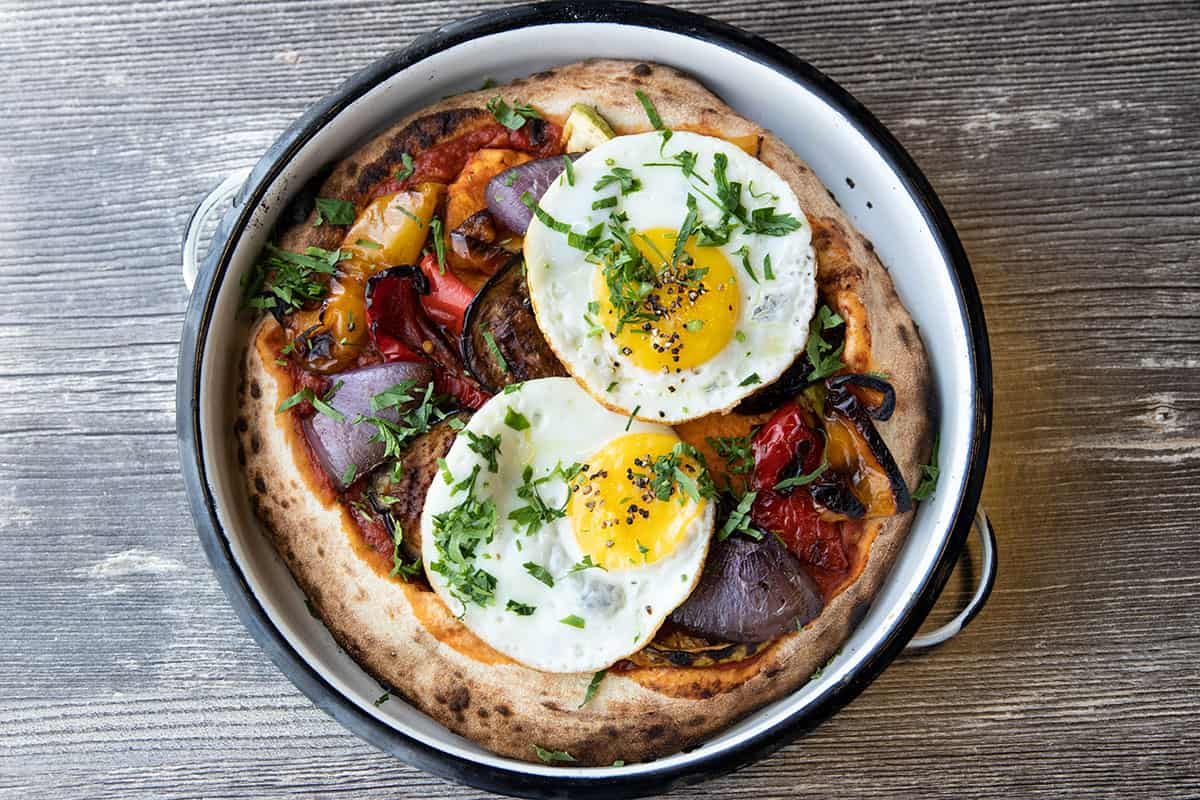Pulse of Information
Your source for the latest insights and updates.
Snap, Savor, Share: The Delicious Details of Food Photography
Unleash your inner foodie! Discover tips and tricks for stunning food photography that will make your delicious creations irresistible.
5 Essential Tips for Capturing Mouthwatering Food Photos
Capturing stunning food photos requires both skill and an understanding of the right techniques. Here are 5 essential tips to elevate your food photography. First, consider the lighting; natural light is your best friend. Position your dish near a window to take advantage of soft, diffused sunlight, which enhances the colors and textures of the food. Second, pay attention to composition. Use the rule of thirds to create visually appealing images, and don't hesitate to experiment with different angles — overhead shots often work well for flat lays, while a 45-degree angle can add depth and dimension.
Next, focus on the styling of your food. Use garnishes, contrasting plates, and complementary backgrounds to make your dish pop. Additionally, make sure to keep your camera clean to avoid any distracting spots in your photos. Lastly, post-processing can greatly enhance your images. Utilize photo editing software to adjust brightness, contrast, and saturation to ensure your food looks as tantalizing as it tastes. By following these tips, you can create mouthwatering imagery that not only showcases your culinary creations but also engages your audience.

The Science of Food Styling: How to Make Your Dishes Pop Off the Plate
The science of food styling goes beyond just arranging ingredients on a plate; it is an art that blends aesthetics with culinary excellence. To make your dishes pop off the plate, start with color contrast. Use vibrant fruits, herbs, and vegetables that can create a visual feast. For example, if you're serving a creamy pasta, garnish it with fresh basil or bright cherry tomatoes to add a splash of color. Additionally, consider the use of negative space in your presentation. Leaving some areas of the plate empty can draw attention to your beautifully crafted dish.
Texture is another crucial element in food styling. Combine different textures to create a more enticing appearance. For instance, pair a velvety sauce with crunchy toppings to engage the viewer's senses. When plating, remember to utilize odd numbers for garnishes or components, as they tend to be more visually appealing. Finally, don't underestimate the power of light; Natural light can enhance the colors and textures of your dishes, making them look even more appetizing. With these tips, you'll be able to transform your culinary creations into eye-catching masterpieces.
What Equipment Do Food Photographers Swear By?
When it comes to food photography, having the right equipment is essential for capturing mouthwatering images that make viewers crave the dishes. Many food photographers swear by a reliable DSLR or mirrorless camera because of their versatility and superior image quality. Lenses also play a crucial role; a 50mm lens is often favored for its ability to achieve a beautiful depth of field, while a macro lens allows for stunning close-up shots of intricate food details. Moreover, a sturdy tripod is vital for maintaining stability during shoots, especially in low-light conditions.
In addition to cameras and lenses, lighting is a key aspect of food photography that can dramatically affect the final image. Many photographers rely on natural light whenever possible, as it provides soft and flattering illumination. However, for indoor shoots or low-light situations, a ring light or softbox can create even lighting that highlights the food's texture and colors beautifully. Lastly, tools such as reflectors and dimmers help manipulate light to achieve the desired effects, making them indispensable for serious food photographers.